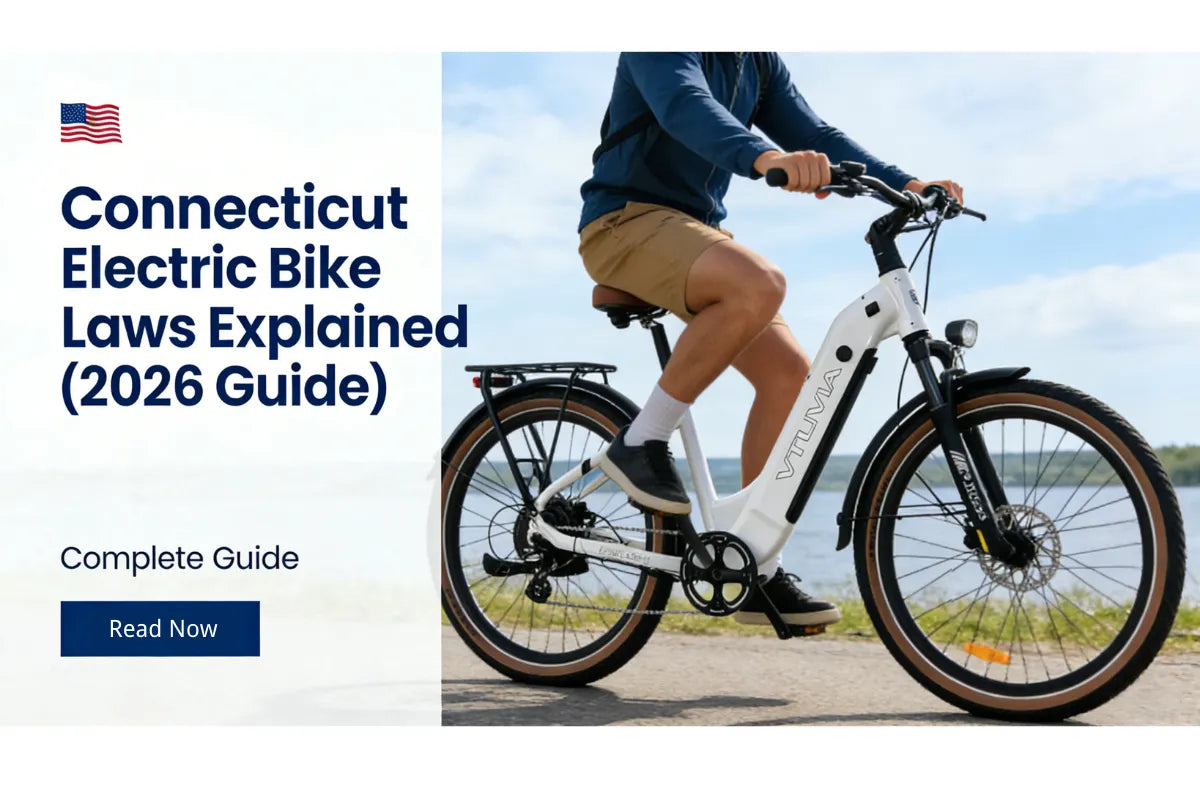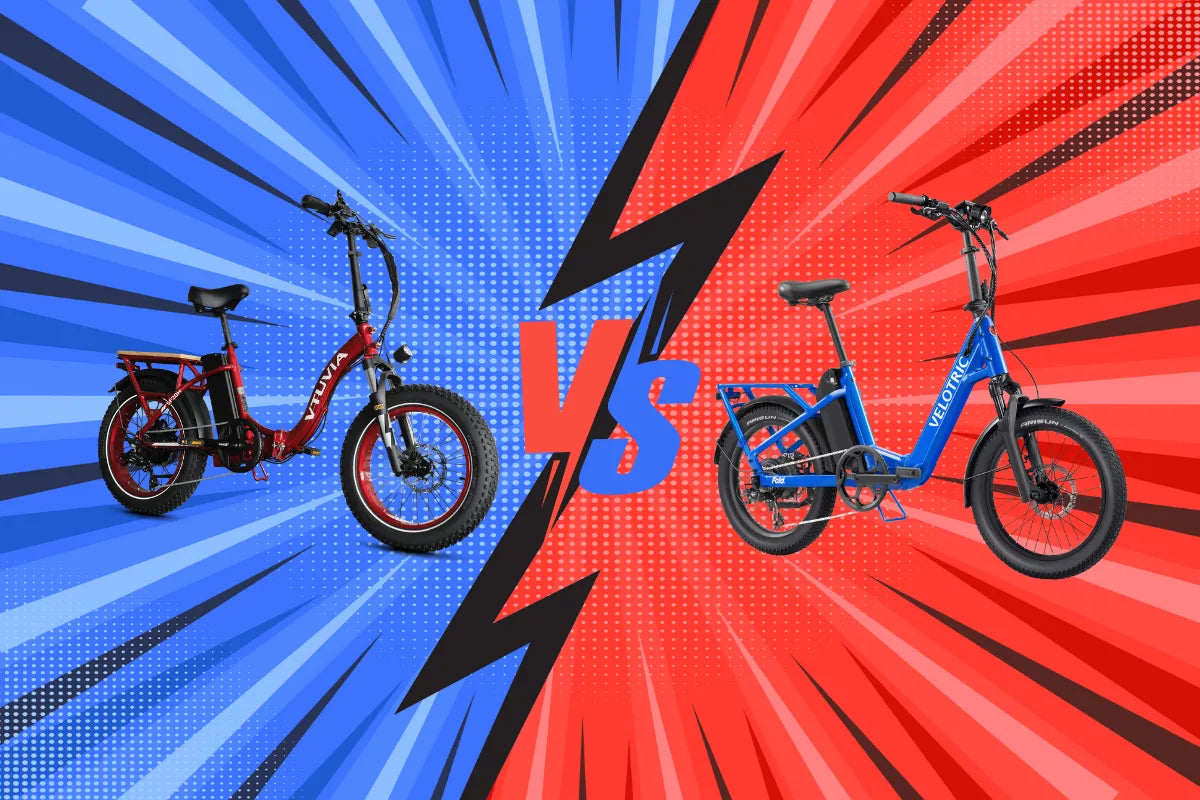An important thing about batteries is to know that our VTUVIA batteries are lithium-ion batteries. Here are some useful tips to help you how to properly maintain the battery of an electric bicycle. Especially in winter.
Remove the battery if you are not riding it.
For whatever reason, it is best to remove the battery from the bicycle and store it at room temperature. In order to get the best battery maintenance effect, after removing the battery, please charge it to about 60% power. This is the best percentage to maintain battery life when the battery is not in use.
Keeping it dry
---Getting wet here refers to it submerging into water, not getting wet by the rain.
Keeping a good electric bike battery life depends on keeping it dry. This means that you should be careful and careful to avoid getting wet. The drenching here refers to being immersed in water, not being drenched in rain. Melting snow in winter will form ponds, so be careful to avoid them when riding. When the electric bicycle is stored inside, the battery itself should be stored in a dry place.
Regular practice to run the battery completely flat
Another important thing that has nothing to do with temperature is battery maintenance. A well-maintained battery comes down to regular practice to completely drain the battery. This should happen at least once every two months. This approach will help, maintain and protect the highest possible charging capacity.
However, in cold weather, it’s important to avoid letting your battery drain completely. A fully drained battery is more susceptible to damage in freezing temperatures. Try to charge the battery when it reaches around 30% to maintain optimal health.
Not suggested riding in too much cold
Too cold or too hot is very detrimental to the electric bicycle battery. This is why it is not recommended to ride an electric bike below 4 degrees Fahrenheit. The lower temperature will reduce the endurance, therefore, compared with summer, the distance can be traveled with the same electricity is shorter.
Therefore, when you store the battery, don't forget to clean and inspect the bicycle. Your electric bike should undergo a winter inspection. Make sure that the lights work properly, because the daylight becomes shorter and night falls faster than in summer. In addition, keep the bike as clean as possible to avoid accumulation of dirt. This can happen in dry areas that allow free movement. After cleaning, use oil to keep the chain in its best condition.
Please read these general and useful tips to save and extend battery life in winter.





Share:
What's development the coronavirus bring to electric bicycles?
Top Reasons to Get an Electric Bike